Hypospadias:
It is the most common penile problem seen in male children. We will explain the causes, symptoms, types, associations, treatment and surgery of Hypospadias. The reported incidence of this condition in children is 1 in every 250 live male births, which means that if 1000 children are born at any time, four of them must be having this condition. Children with this condition present as urine hole opening not present at the tip of the penis, rather lying on the downside of the penis.Causes of Hypospadias:
Hypospadias is a problem which is seen immediately after birth and this problem starts when the baby is inside the maternal womb. During development of the baby, his penis and urine hole form together, but if due to any reason, there is a problem, this development is not complete. This abnormal development leads to abnormal location of urine opening in these children. It is a thing which may have many causes. Therefore, we can not blame any single cause for its formation.Types of Hypospadias:
There are a lot of types depending upon the position of the abnormal urinary opening. The farther it is located from the original site, more sever is the variety.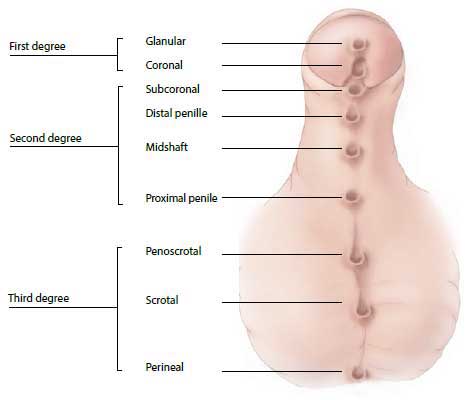
- Glandular Hypospadias
- Subcoronal Hypospadias
- Distal Penile Hypospadias
- Mid-Penile Hypospadias
- Proximal Penile Hypospadias
- Scrotal Hypospadias
- Perineal Hypospadias
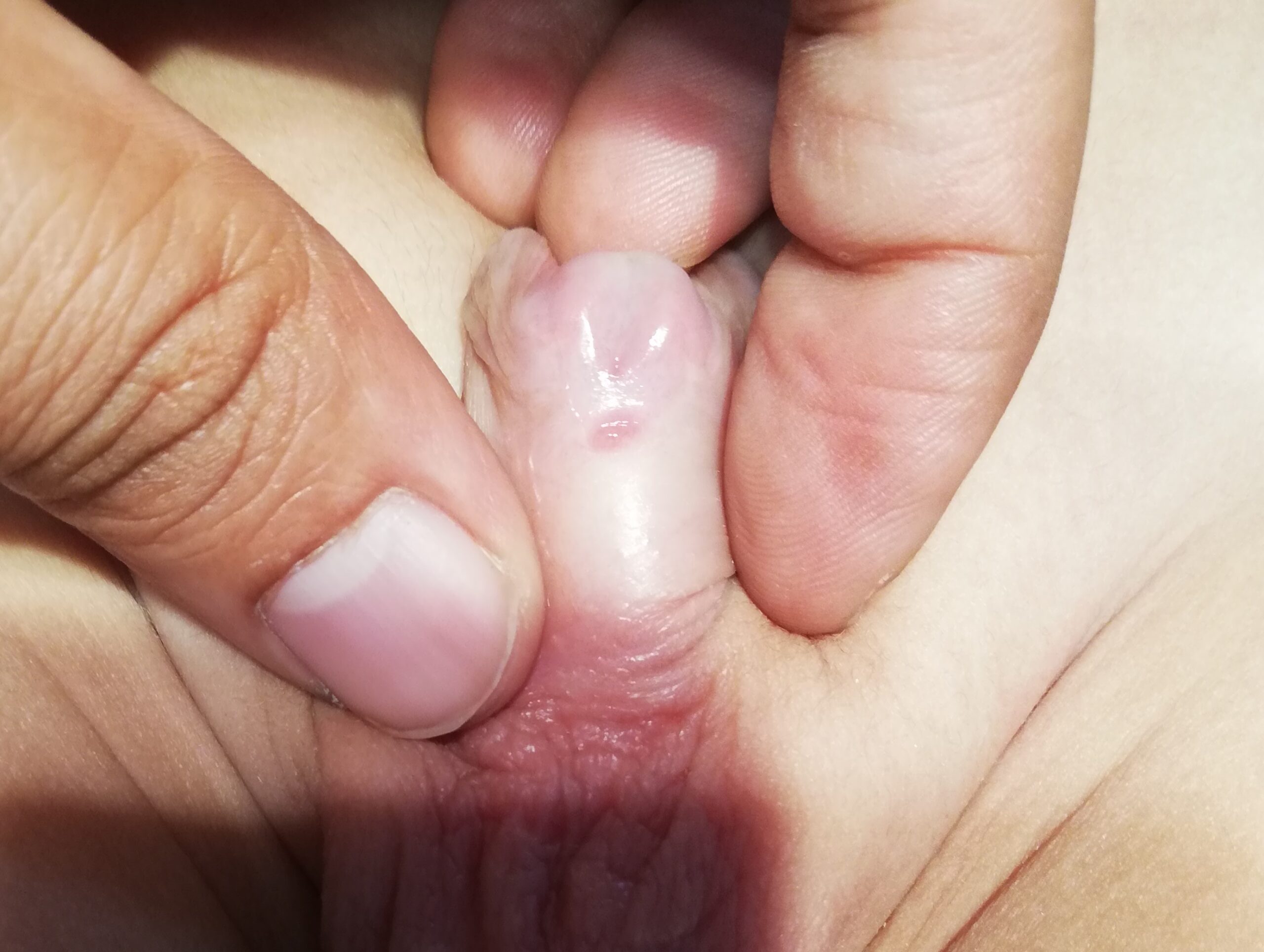
Associated Conditions:
Among children with Hypospadias, another important aspect to look is the Chordee, which is bending of the penis. This Chordee also plays an important part in the management and planning of surgery.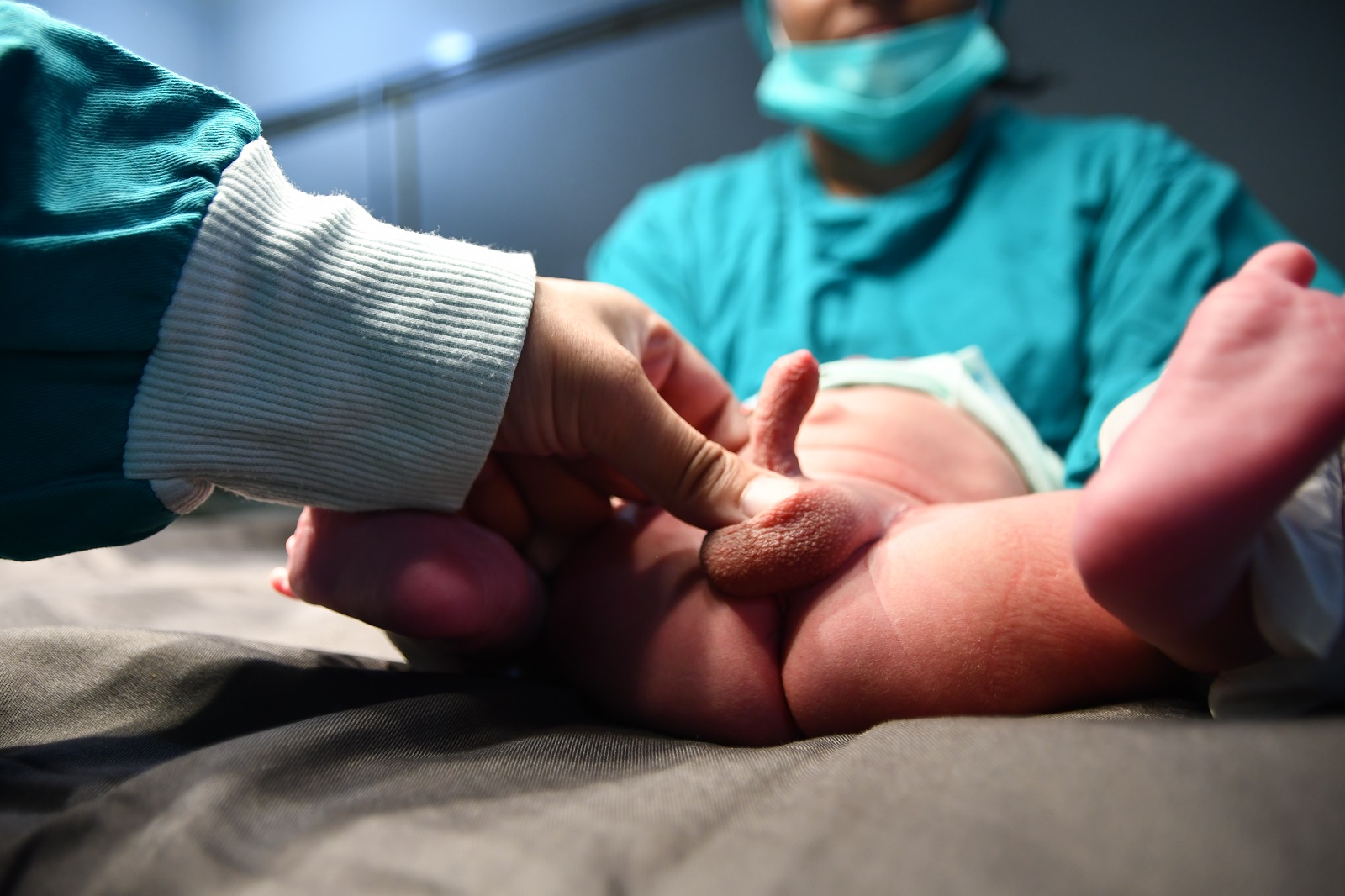
Diagnosis of Hypospadias:
The diagnosis of this condition is straightforward and is usually made on history and examination. After this diagnosis, further we advise some routine tests, including Complete blood count, and Hepatitis B, and C screening. There is no single test available to determine its causes.Treatment:
The only treatment available for Hypospadias in children is surgery. The ideal age for surgery is 6 months to 18 months. However, if a child presents later in life with Hypospadias, we do the surgery at any age. The main aim of surgery is to achieve allowing goals:- A straight penis
- Urinary opening should be at the top (glans)
- It is Circumcised and has no extra skin
PICS of patients
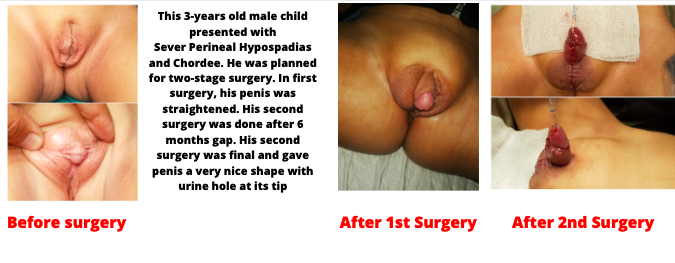
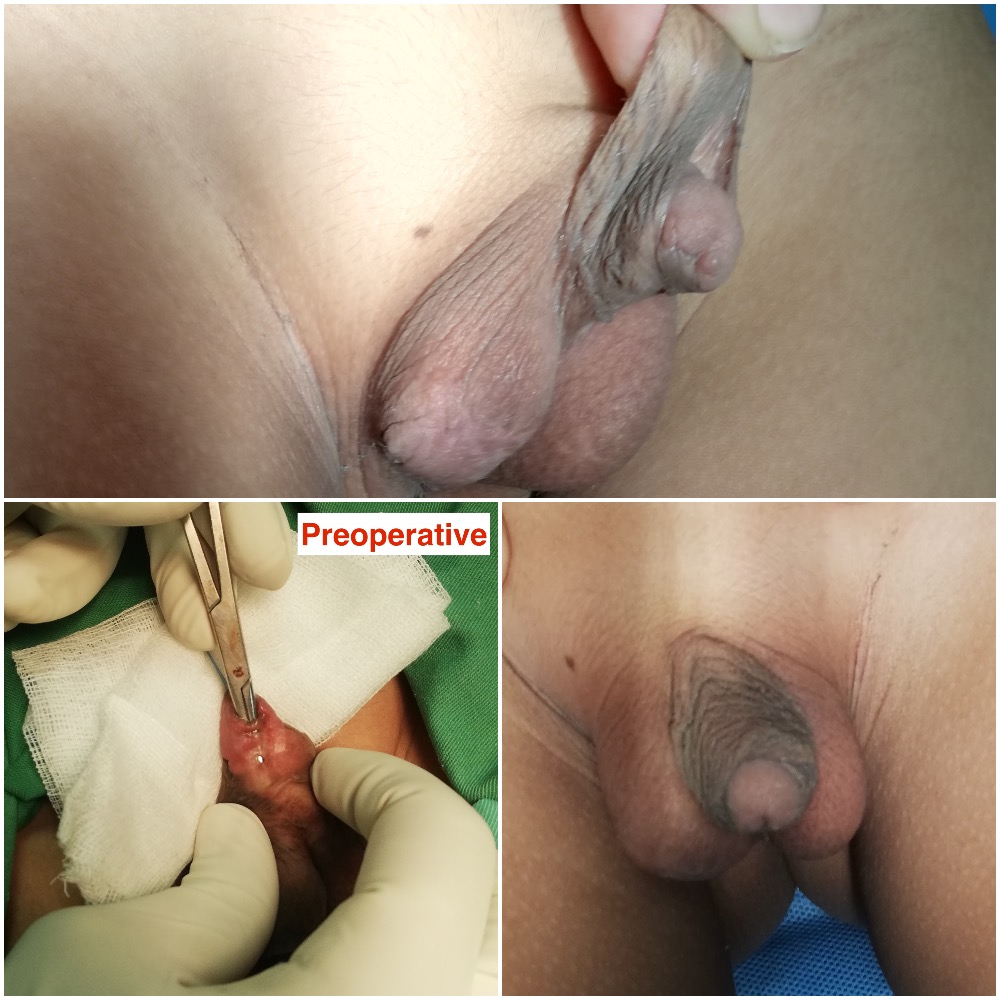 | 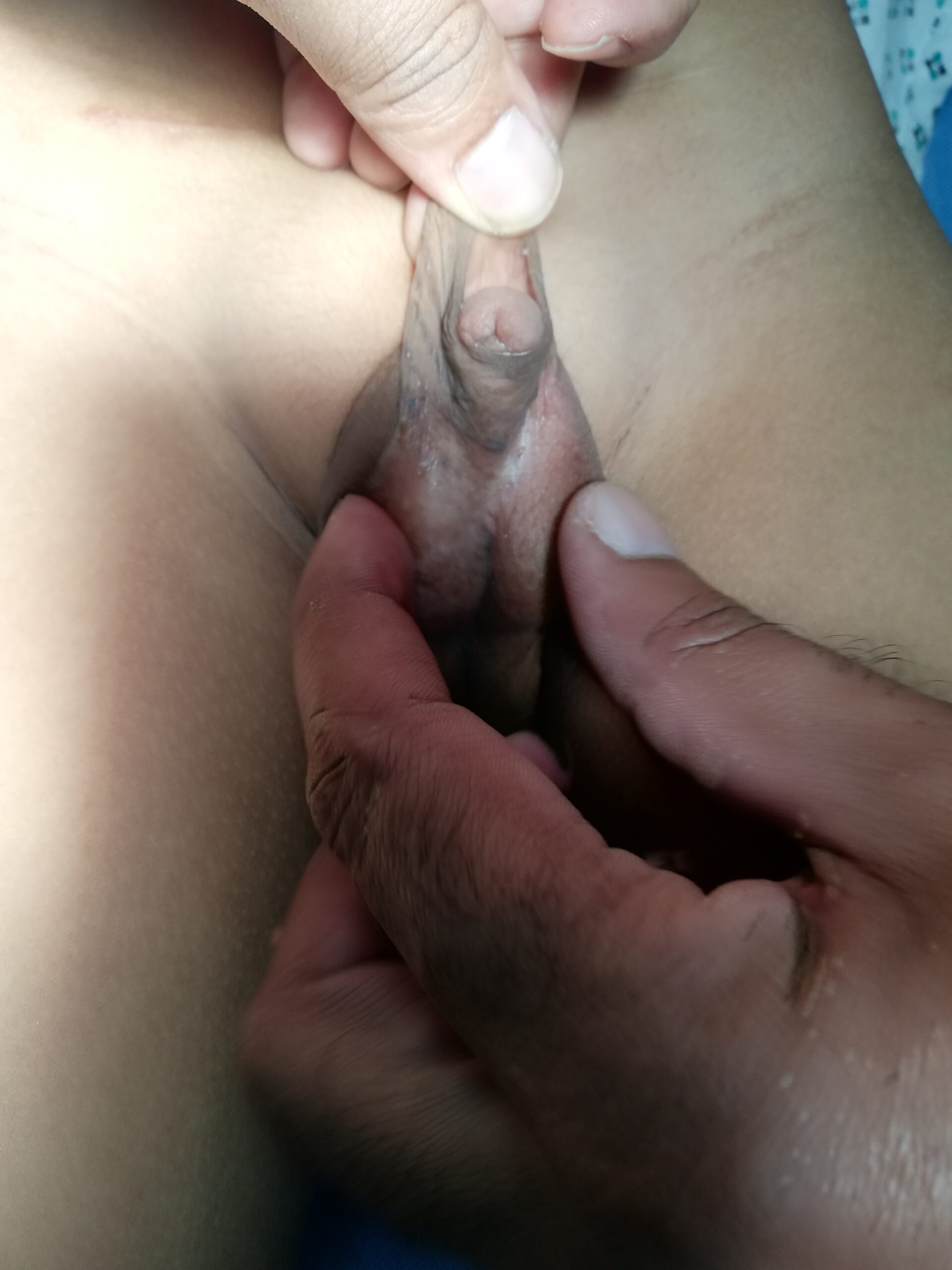 | 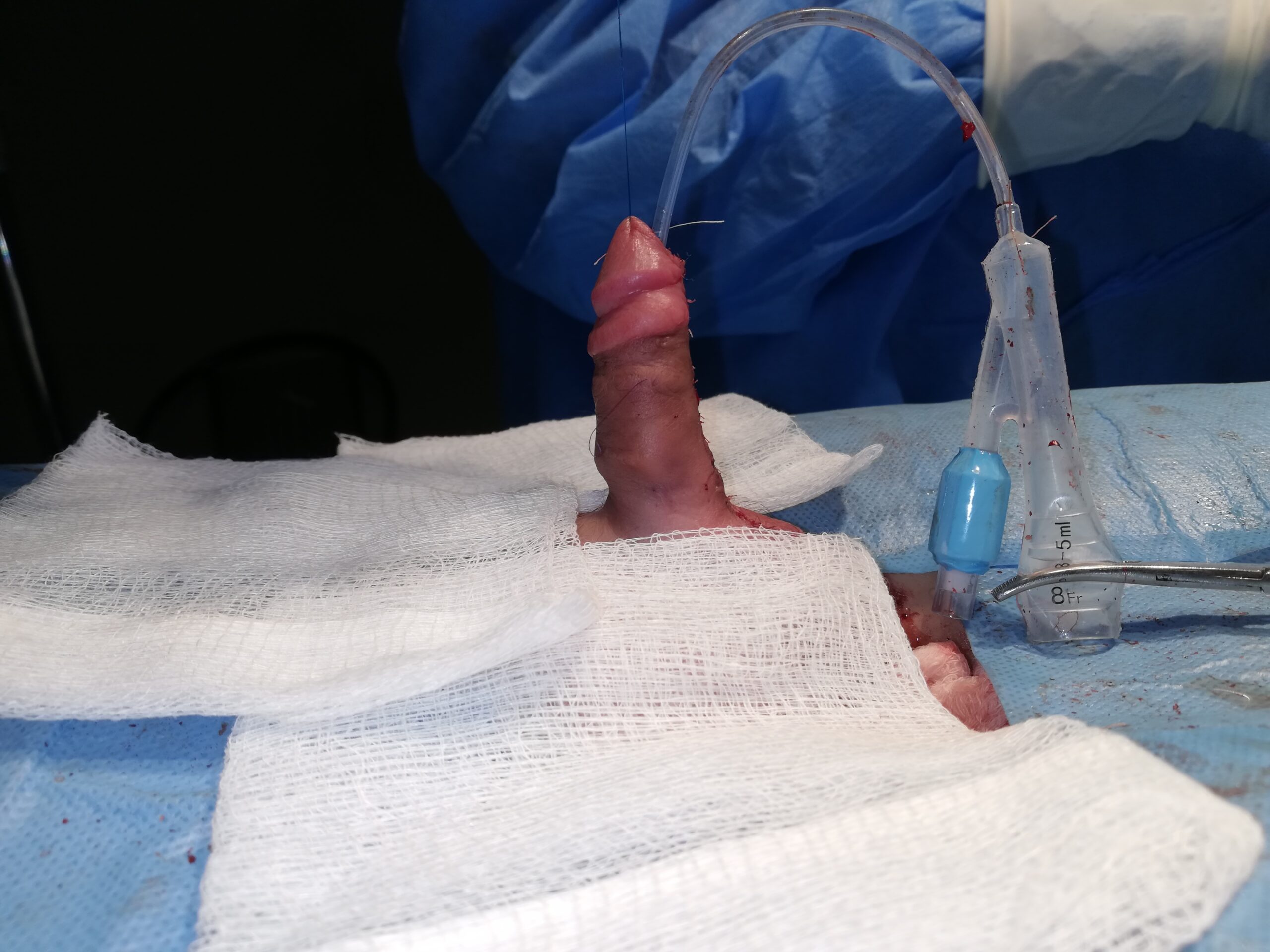 |
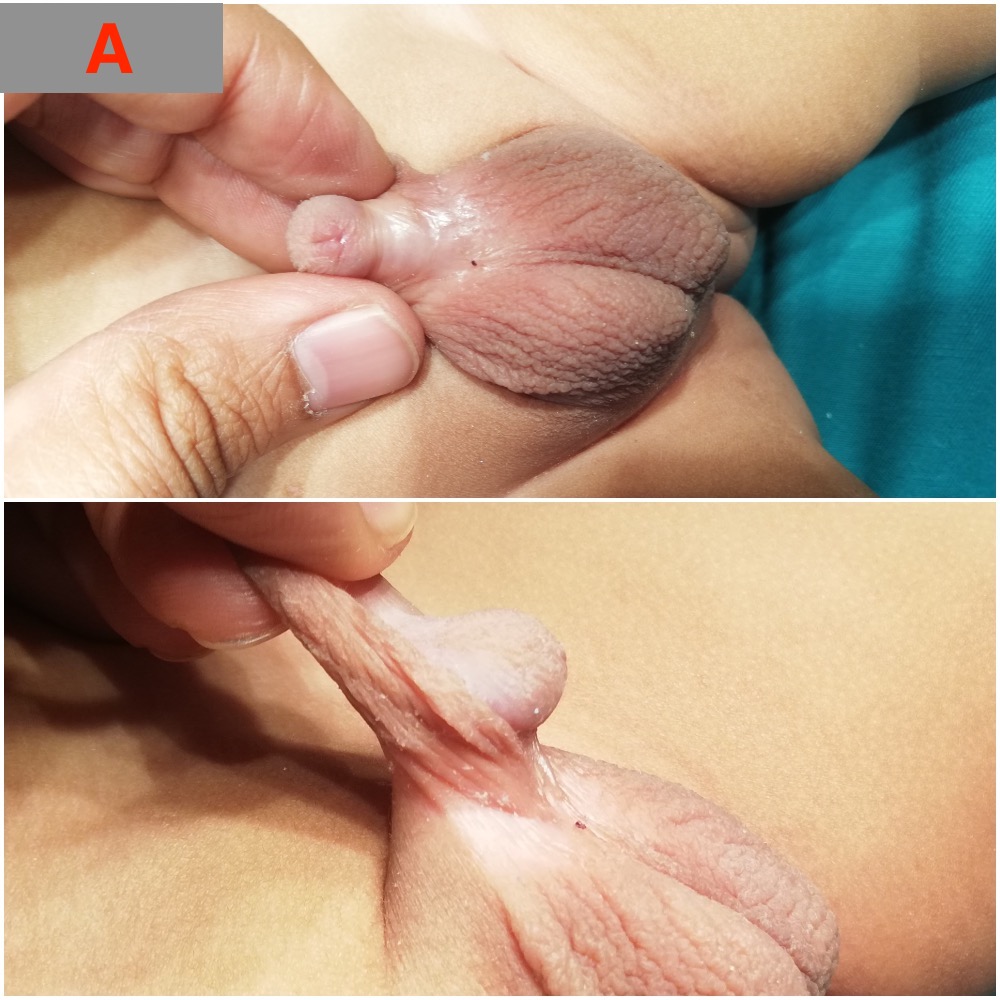 | 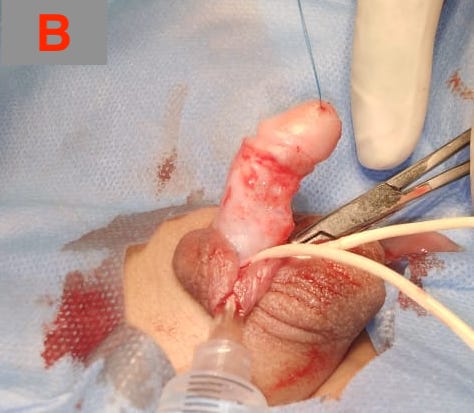 | 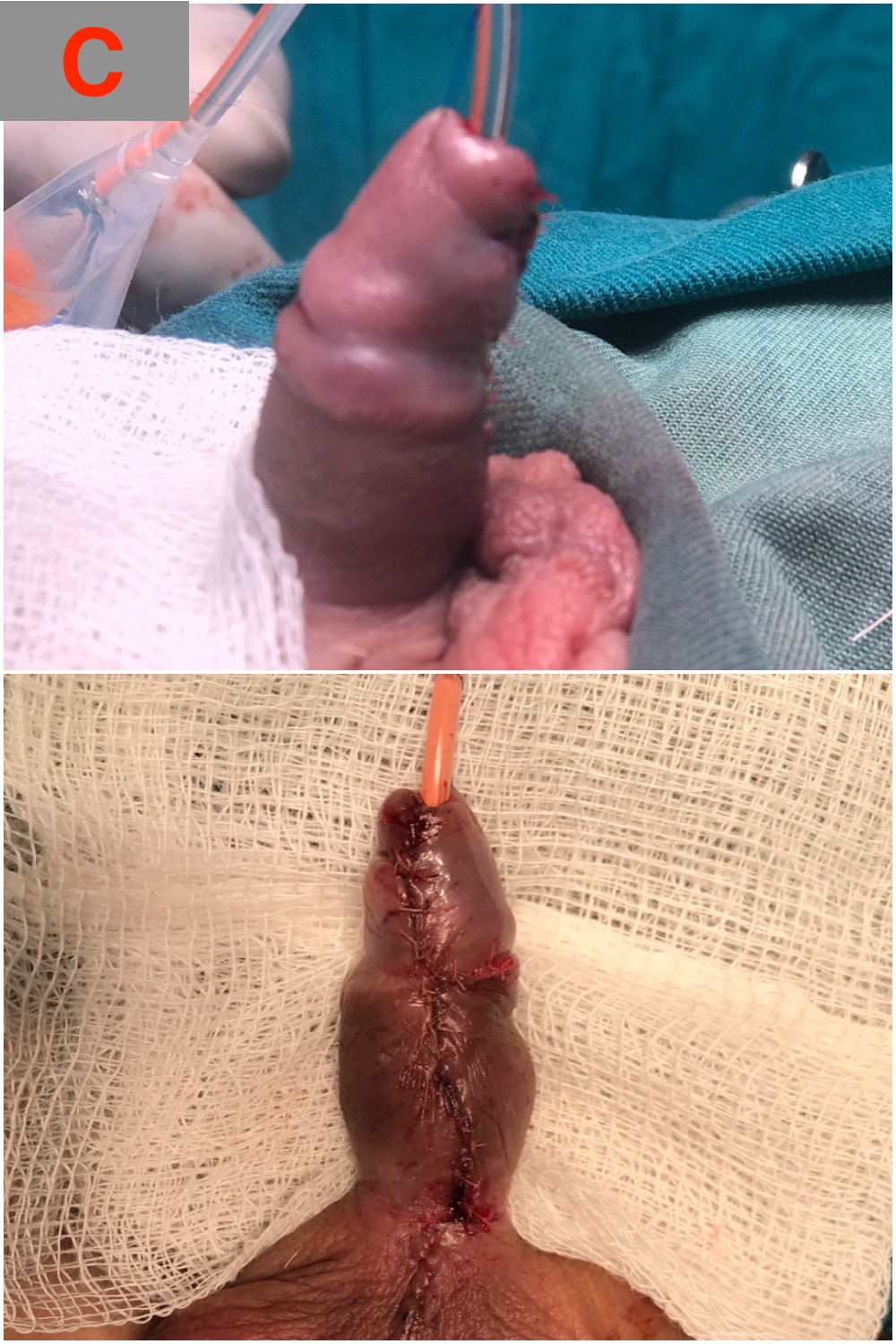 |
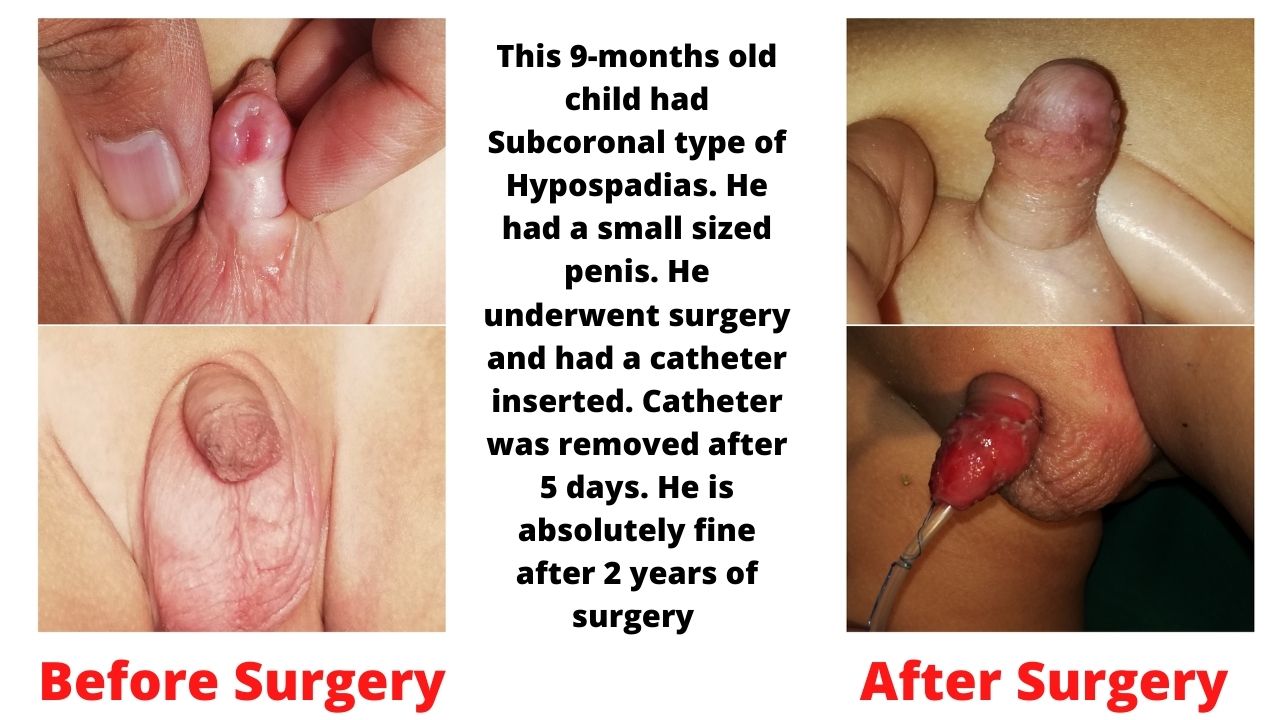 Further details of our team are available Here.
Further details of our team are available Here.Also Read:
Post-operative Care:
Regarding post-operative care, instructions are available here: Hypospadias Stage 1 repair URDU instruction Hypospadias Stage 2 repair URDU instructionFrequently Asked Questions by Parents:
Question: Will my child feel pain after surgery?
Answer: Although it is a major surgery, but usually pain after this surgery is not an issue and we can easily control it with simple oral pain-killers.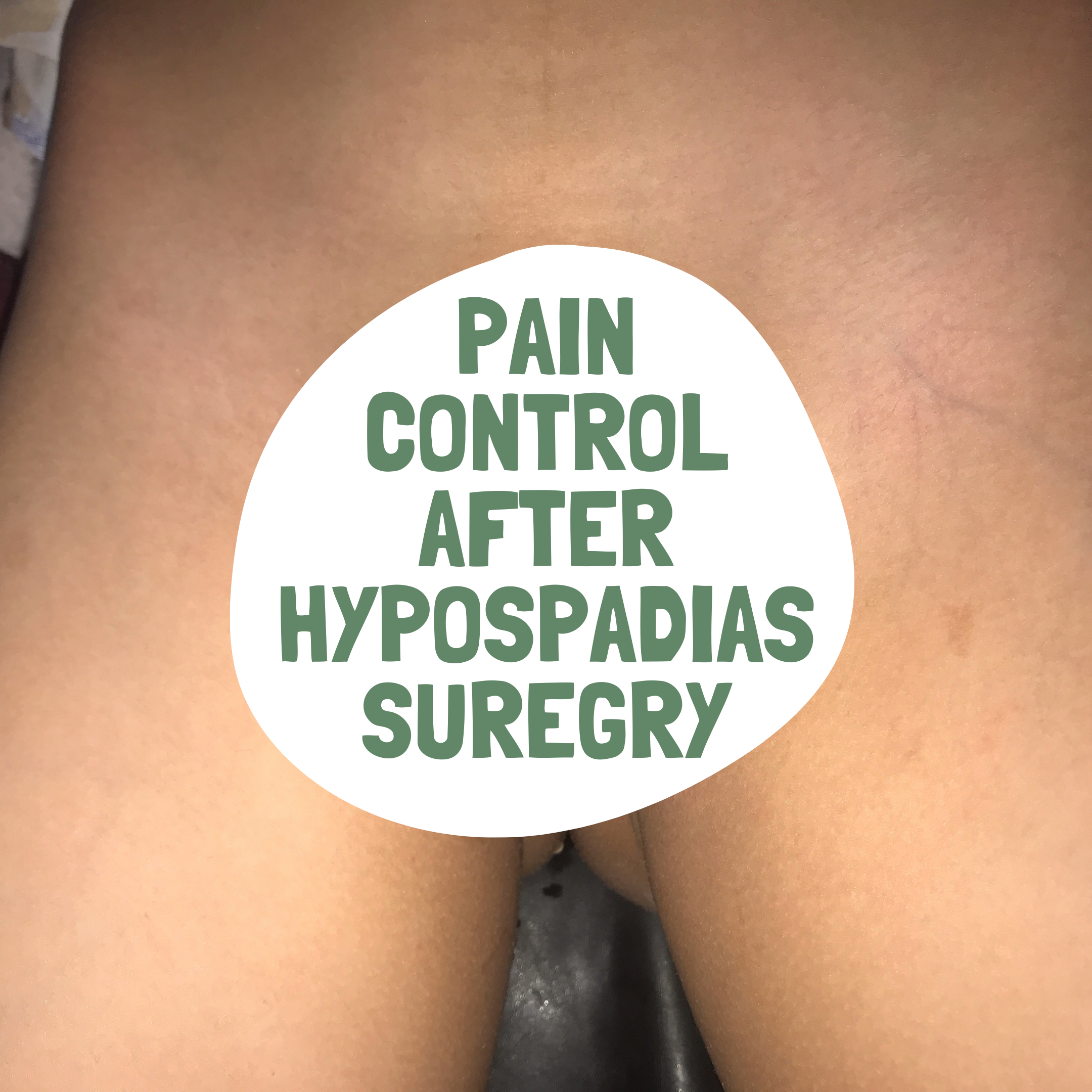
Question: Is surgery necessary for Hypospadias?
Answer: Yes, in most of the cases. It depends upon the position of urinary opening and the curvature (Chordee). Mainly these two factors decide the management plan. If urinary opening is near tip and penis is not bent, then you may decide not to go for surgery. But most of the time, surgeons recommend the surgery.Question: How successful is Hypospadias Surgery?
Answer: The success rate of this surgery depends upon many factors like variety, bending (Chordee), expertise of surgeon, general health condition of child, Haemoglobin level and many more. However, generally, in mild varieties, success rate is high. In sever varieties, success rate is good but child may need more than one surgeries. The success rate is more than 95% in all types of Hypospadias.Question: Can Hypospadias cause infertility:
Answer: Generally, it does not cause infertility. As we have seen may adult patients who have it, but they also have children. So, it is not a cause of infertility directly. However, in sever varieties, and when child has a severely bent penis, it may lead to infertility. Also in sever varieties, there is associated Undescended testis. This condition may lead to infertility.Question: What are the causes of Hypospadias?
It is a multi-factorial disease and no single cause has been identified yet. Here, we summarise some of the causes which may be leading to it.- Genetic causes
- Higher age of the mother
- Smoking and drinking
- Hormonal treatment
- Pre-maturity
- Maternal factors
- Artificial fertilisation
Question: Does Hypospadias affect size?
As there are many types of it, so a general answer may not an appropriate approach. It all depends on which variety your child is having. In mild variety, the size is not an issue. Studies have confirmed that these children have almost normal size as compared to the normal children. However, in children having sever variety, the size is definitely an issue. Although, there may be many factors like hormones and urine pipe (urethra) length which may be a cause. But studies have shown that the size is an issue in these children. After achieving puberty, still their size of penis is smaller as compared to normal population.Question: What is Megameatus Intact Prepucia?
Megameatus Intact Prepucia (MIP) is a rare type of Hypospadias. It is a mild variety and children with this variety are not diagnosed at birth. When these children present for circumcision, then they are diagnosed. After removing the penile skin, surgeon diagnoses this condition. The treatment for this condition is surgery. Usually, we do surgery of this condition at 6 months of age. You can read further details of this condition here.
The treatment for this condition is surgery. Usually, we do surgery of this condition at 6 months of age. You can read further details of this condition here.Question: Is Hypospadias Genetic?
Most of the parents ask “Is Hypospadias a genetic disorder?” Another query is “What are chances of Hypospadias in my next Child?” Hypospadias is a disease which has many causes. One of the main causes is Genetics. Genetics means that this disease may run in genes. Read MoreMore Frequently Asked Questions
Some FAQ's About Hypospadias
Babies are born with hypospadias, when the role of the hormones is disrupted and causes the urethra to develop abnormally. It is a congenital condition and a single cause has not been identified yet.
Hypospadias will not correct itself with time, and a surgical repair may be needed. Mild hypospadias types may need no correction, but other types will require surgery to fix it.
In a single surgery, most forms of hypospadias can be corrected. It is done on an outpatient basis and will only require one operation to correct the defect. Some cases with more severe forms of hypospadias may need more operations to take care of it.
If hypospadias is untreated, it can lead to problems in adulthood such as difficulty urinating while standing or having an erection.
In general, the success rate is about 93%. It might vary a bit depending on how experienced surgeons are and characteristic of patients they have. But it’s likely you’ll be satisfied with the results.
It cannot always be prevented, but there are ways to avoid exposure to estrogens and endocrine disruptors such as PCBs, dioxin, and DDT.
Though most hypospadias occur independently, they are often accompanied by anomalies such as bi-lateral cryptorchidism and micropenis.
The severity of hypospadias is a factor that impacts smaller penile size.
Hypospadias surgery is usually done when boys are between 6 months and 2 years old. The procedure is carried out as an outpatient.
When the bladder tightens suddenly, as it does when your baby urinates after a catheter or stent is removed, there may be some pain. This usually gets better within 3 to 4 days but can last for up to 2 weeks.
The time it takes to complete the surgery for hypospadias varies depending on how severe it is. Mild cases of hypospadias can take 60-120 minutes, but more severe forms may require three or more hours.
If your son is wearing diaper, so you should use two for added cushioning and protection. Inner diaper will be to absorb his bowel movements and the outer one to absorb his urine. The nurse will instruct you on how to arrange them when he’s going home with a tube in his bladder ot penis. Otherwise, you can manage the child without diapers and with a urine bag.